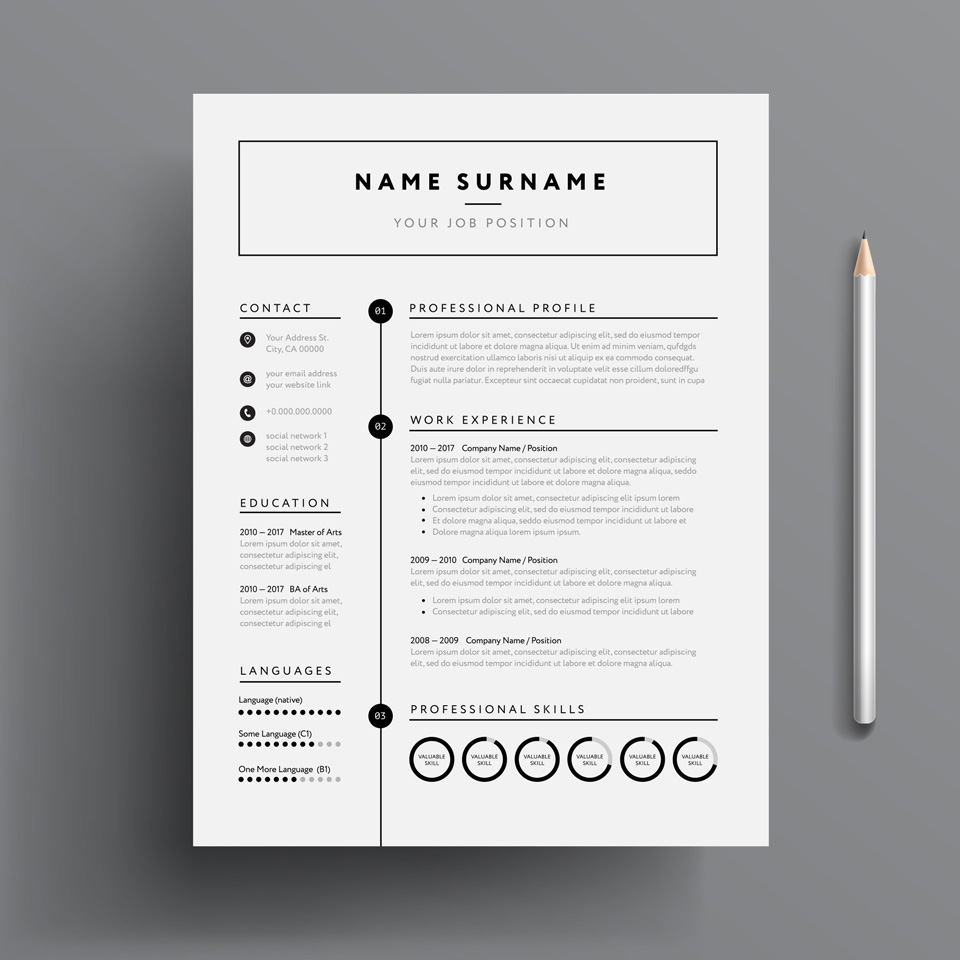Resume Tips

Writing a CV can seem like a big task. If you haven’t updated your resume in a while, where do you start?What do you need to include? How do you stand out? Should you include a cover letter?
With people finding more inventive ways to stand out from the crowd, it’s easy to be sucked in to trying a more creative approach and for some industries this could be the a good idea. Does a hiring manager really want to read the same boring format over and over again, or would they prefer to see some interesting graphics, creative flair, funny bios or maybe a video resume instead? The answer is, probably not.
The reason a resume is set out the way it is, is to allow an employer to access information easily and make an informed decision on whether you have the skills and experience to do the job. So make sure it has all the relevant information to give you the best chance of securing an interview.
Format & layout
DON’T use multi-coloured text or too many different font sizes, Italics, underlining, shading and graphics.
DON’T include personal details, address and contact information is sufficient.
DON’T include a photo — if you have a LinkedIn profile with a photo, you don’t need to add it to your resume.
Tailor your resume
Tailor your CV to every job. Yes, every time. If you are sending the same CV to every job, then you are missing out on a huge opportunity. It may only be minor tweaks – like bringing the more relevant jobs to the top of your projects – but it’ll allow you to focus on what that particular company wants to see from you. Make a bigger deal of them and downplay others.
Candidate summary
This should be a brief summary of a few lines, nothing more. Don’t fall in the trap of using the same type of generic lines every one else uses. Anything that would traditionally go in this summary should be included in the next section.
Employment
Remember, you don’t need to include every job. Part time jobs during high school and university that are irrelevant to the job are not necessary. However, if you are a graduate and don’t have a huge amount of experience, you can include these types of jobs.
In addition to the roles and responsibilities of a job, what else did you do? Did you work on any worthwhile projects? Was there something you achieved or learnt from this job that is worth mentioning?
Education
Here, you should include high school, university and trade qualifications; along with any additional tickets and certifications you may have. If the list is getting longer than 3 – 4, it would be worth having a separate tickets and licences section.
Skills
DON’T just list a number of generic skills you think you have, as this provides no real context.
DO include your skills as part of your roles and responsibilities in a particular job. This way, you’re explaining the skills you used to achieve success in your role or the new skills you learnt from any given role.
Experience, projects & accomplishments
This is the most important section. This is often what makes or breaks the opportunity to interview for a role; and many candidates miss the cut by simply not demonstrating the projects and accomplishments of their previous and current tenures. Don’t be too vague and generic and don’t assume the employer knows what you do.
DON’T simply list your duties. Make sure you list projects you were involved in alongside the achievements and successes of your previous role. Relate them back to you current skill set, and articulate how these achievements helped you develop and grow new skills.
DO ensure you accurately articulate what your capabilities are. Don’t say you were a PM on a $1 billion project if you looked after a package of works that was worth $60 million.
Include how the project was delivered, whether it was delivered on time and within budget.
It is worth including a list of the best or most relevant projects you have been involved in as well as a brief list of any special recognition and awards you’ve received. In short; clients want to see what you have done and what you have achieved.
Achievements
Highlight your achievements and not just a standard list of job duties. Give tangible examples of how your project was delivered and what role you played in it. List your achievements with pride. As a result of your achievements, were your put on a bigger or more complex job? How did it affect your career?
Wherever possible, quantify your achievements. It is much better to say “increased the margin on a job by 2%” or “reduced claims by $100,000,” rather than making a more general claim that has less merit. In the construction industry, this language will have the most impact.
Other things to note:
Proofread
Spell check. And then spell check again. It’s simple – if you have spelling and grammatical errors, you won’t make the short listing cut.
Length
Keep your resume between 2-4 pages. Stick to a clean, minimal format using the same font, spacing style, bullets and subheadings throughout. Short and sharp is key, so refrain from telling a story.
Social Media
If you don’t want your future employer judging you based on your social media feed, put it on private whilst you are going through an interview process.
Keep it up to date
This is the text area for this paragraph. To change this text, simply click here and start editing. You can also customize the color, font and size of the text by highlighting it.
